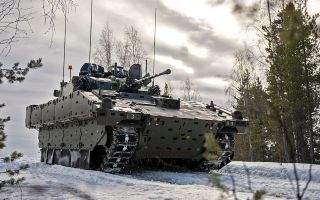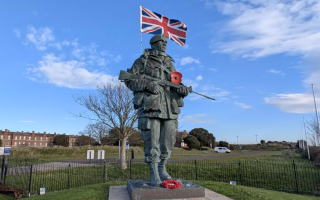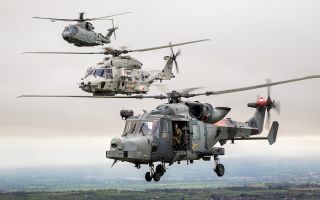The light tank that isn't: Why the US Army's M10 Booker ended up being shelved
The plug has been pulled on the M10 Booker combat vehicle by the US Department of Defence.
It was originally pitched as light, air-portable and air-droppable.
But in reality it ended up not being light, not being air-droppable – and arguably not even being a tank.
- Fallen soldiers who gave US Army's new combat vehicle its name remembered
- The right tanks in the wrong war: Do Leopards deserve their poor reputation?
- What can the Challenger 3 learn from German tank shortcomings in Ukraine?
The project was halted by US Secretary of Defence Pete Hegseth in a memorandum on 1 May.
It was titled Army Transformation and Acquisition Reform and the aim was to shut down "outdated, redundant and inefficient programmes".
General Dynamics Land Systems won the contract to make the Booker back in June 2022, and around 80 of them have been built since.
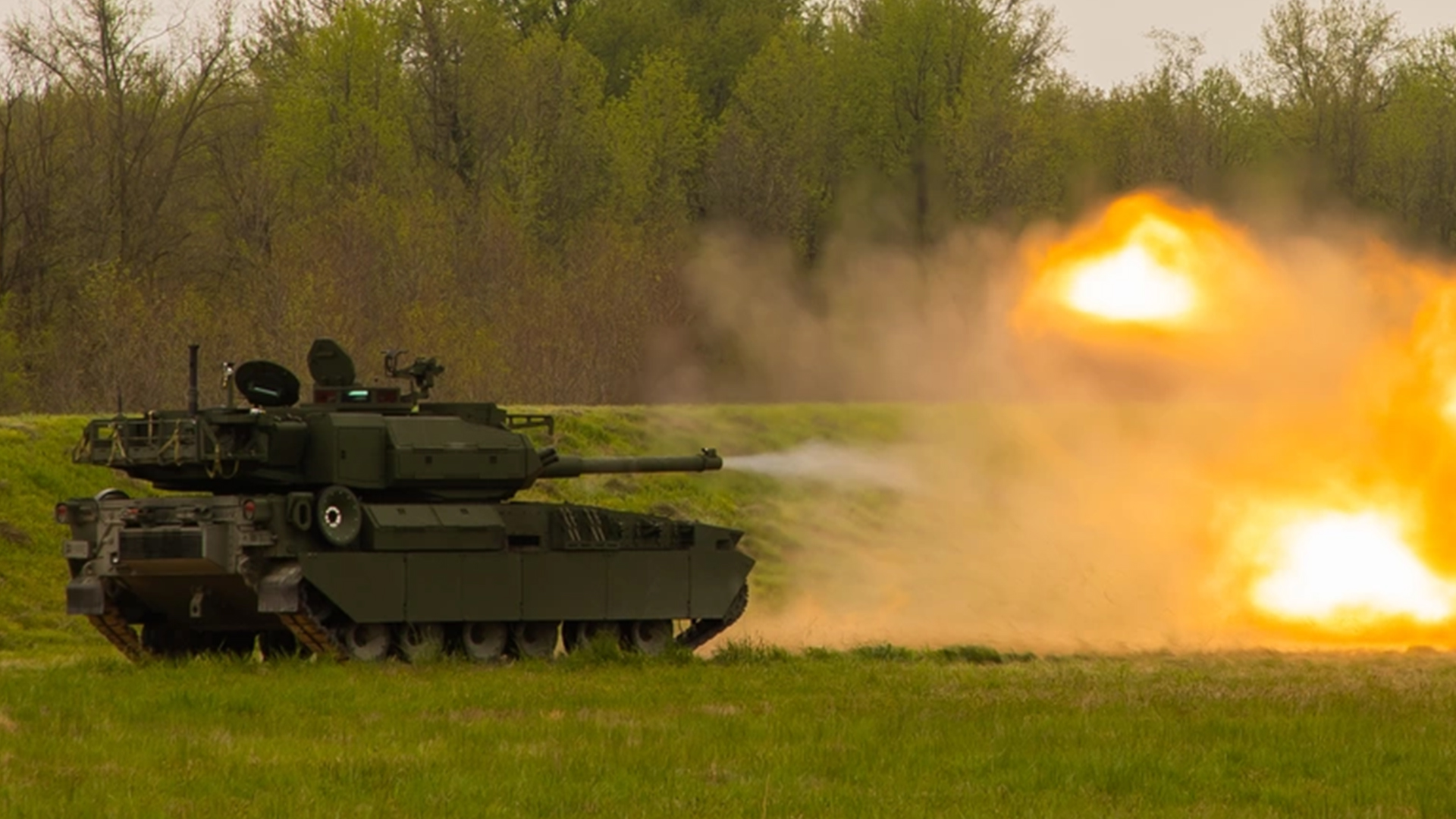
What exactly is the Booker?
The M10 Booker sits somewhere between a medium tank and an assault gun. It was designed to give the US infantry protected direct fire support.
The US Army doesn't call it a battle tank, instead describing it as an armoured infantry support vehicle.
It has a crew of four, a 105mm main gun and up to two machine guns. It weighs 38 tonnes and can hit speeds of up to 40 miles an hour.
The system is a descendant of the M551 Sheridan – the famous light tank that saw action in Vietnam and the first Gulf War.
That vehicle was fast and light, and could be air-dropped from a C-130 Hercules.
Despite its shortcomings, the Booker is a serious piece of kit. It's fast and it uses the same stabilised sighting system as the M1 Abrams tank for the main gun.
And the commander gets advanced thermal optics and modern battlefield communications systems.
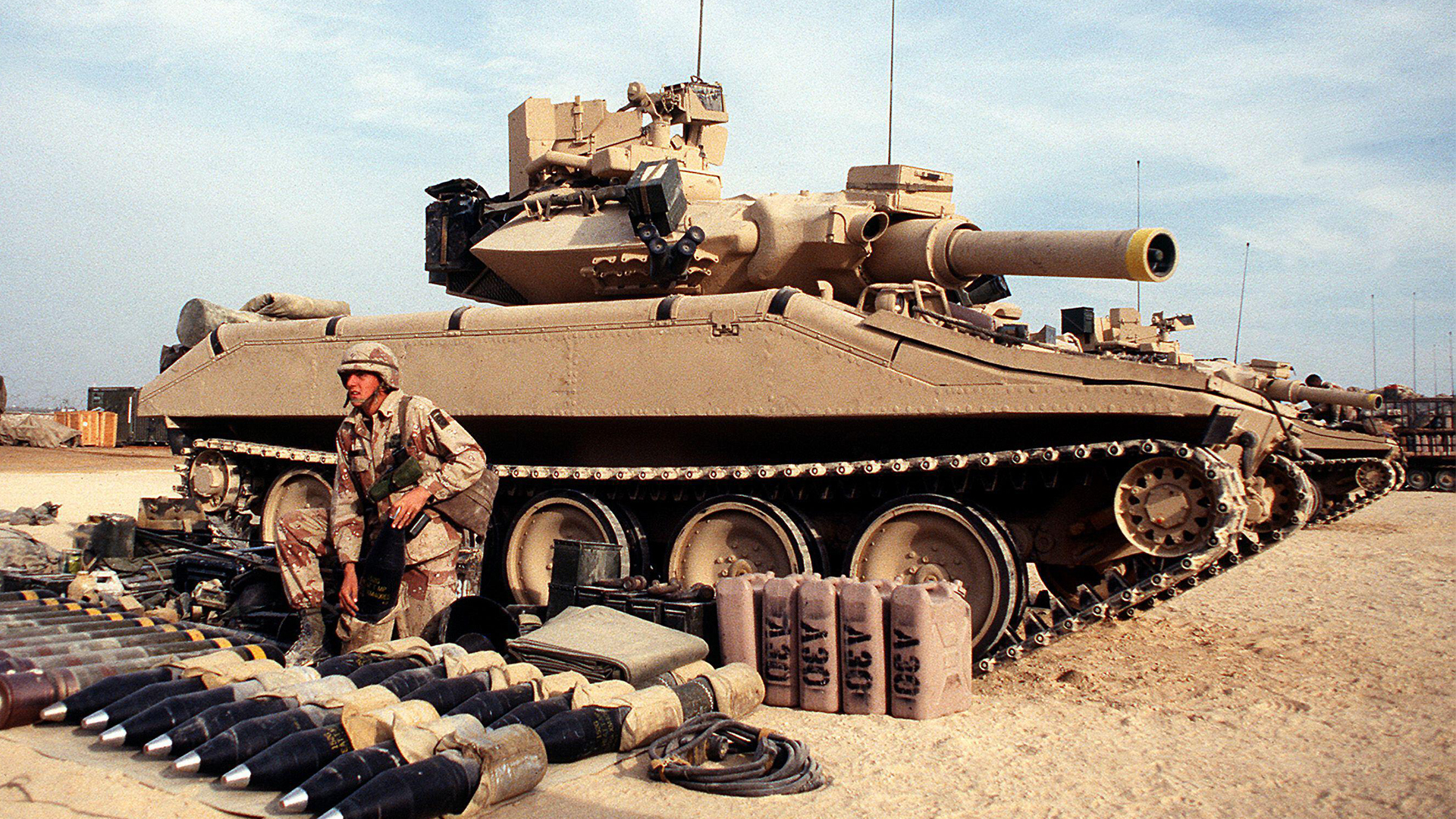
So what went wrong?
Like so many defence projects, this one fell victim to the dreaded procurement problem known as "requirement creep".
That's when extra capabilities keep getting added. The weight goes up and eventually the vehicle can't do what it was originally meant to.
The M10 got too heavy for many of the bridges at Fort Campbell in Kentucky – home of the 101st Airborne Division, which was supposed to have been one of Booker's key users.
And two Bookers were meant to fit in a C-17 transport plane. But the US Air Force imposed new weight limits on the airframe so it can only carry one, making it less than ideal for a rapid response role.
And then there was the "right to repair" clause in the contract with General Dynamics.
It restricted what US Army maintainers could fix in the field – meaning more jobs had to go back to the manufacturer, adding to the logistical burden.
All of this combined meant the Booker shifted from its original lightweight infantry support role into something more like a medium tank.
The US Army had planned to buy more than 500 Bookers.
Now the programme's been scrapped, it's unclear what will happen to the 80 that have already been built.
But don't count out the M10 Booker just yet – it's a highly capable platform, so we may not have seen the last of it.


